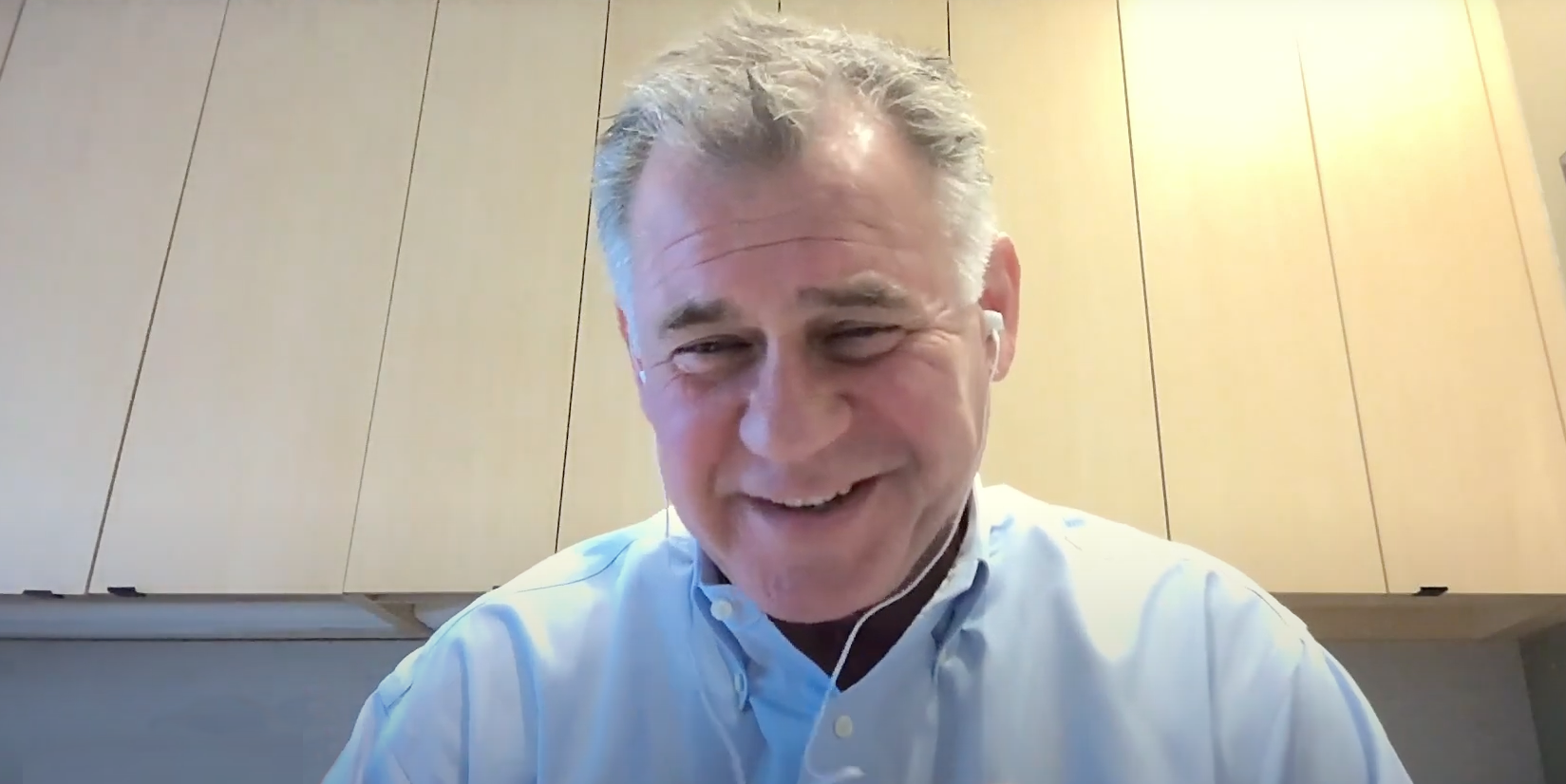Some would argue no; people are born with certain abilities and it’s almost impossible to acquire complex talents through critical thinking training. Others argue yes: with the right attitude, guidance, and hard work, critical thinking is like a muscle that can be strengthened. Just take a look at the growing awareness and acceptance of concepts like the growth mindset. More and more people today understand that obtaining new skills is really a matter of opportunity.
What is critical thinking, and why is it important?
Critical thinking relates to so many aspects of our lives that there’s not a single definition beyond the ability to make a decision. Many of them overlap with other concepts such as problem-solving, creative thinking, and logic. A simple approach is to define critical thinking based on its core phrase: ‘critical’, i.e. centered on criticism. Critical thinking can be summed up as criticizing or investigating ideas in order to refine several options and reach the best one (and then smooth things over with your skills in empathy). In this sense, critical thinking is an important teamwork skill.
Critical thinking is essential for employees – especially for those who need leadership skills – and for any organization that needs to make decisions and solve problems. Once a list of possibilities is defined, critical thinking narrows them down to something realistic and practical.
With the growing importance of artificial intelligence – and some seeing it as a threat – critical thinking training is an even more important workplace skill. According to the Journal of Intelligence, critical thinking is a “job-proof skill” that computers cannot really replace. AI often makes mistakes that only a critical thinker can solve. By engaging in critical thinking training, employees become an irreplaceable asset that adds a vital human element to the workplace.
What are the different aspects of critical thinking?
One’s mindset is “critical” in critical thinking, as it influences a person’s approach. As is true with many skills (such as a growth mindset, a philosophy of constant learning, etc.) attitude counts. Whenever an employee is confronted with a situation that requires them to employ critical thinking, the right mindset will set them off in the proper direction:
- Considering ideas critically while delaying judgment. With a critical thinking mindset, employees will take the time to evaluate each alternative until they have a thorough understanding of the options.
- Ignoring personal bias. Ideas must be seen on their own merit, regardless of the source. The judgment of an idea, either due to liking or disapproval of the person who came up with the idea, will result in poor decision-making and lead to conflict.
- Applying the principle of charity. This doesn’t mean putting something in the donation box. The principle of charity assumes that every idea has pros and cons. Proper critical thinking will realize the best parts of every idea with an eye towards combining their strengths.
The common denominator for all of these elements is that they involve making a decision. Although critical thinking skills should ideally be part of every employee’s abilities, making decisions is usually the role of a leader. For this reason, critical thinking is considered a leadership skill that will continue growing in importance for years to come.
What are some examples where critical thinking comes in handy?
Critical thinking skills are imperative for anybody who wishes to make smart choices and minimize time spent on wrong directions. Here are some examples of critical thinking in the workplace that many leaders will encounter:
Dealing with a crisis
Trouble in the workplace naturally involves panic and a flood of suggestions about what to do. Critical thinking enables decision-makers to assess the best ideas in a rapid manner and come up with solutions quickly.
Hiring employees
Managers are often involved in deciding whom to pick from a list of candidates. Through critical thinking, applicants will be judged according to their potential value to the firm, instead of according to the personal preferences of the manager.
Building a strategy
Constructing a productive long-term vision for an organization requires an extensive process of choosing between multiple alternatives. Critical thinking provides a method for examining each choice methodically and logically.
What are the basic skills and steps of critical thinking?
To develop critical thinking skills, it helps to use a set of steps, each of which depends on a particular skill element. This is the process of running through a critical thinking evaluation, along with the related skill elements:
- Organization – The first step is to break down the issue to understand its precise nature, and organize the problem into manageable factors. Organization is also used to set priorities and decide which factors will be addressed first, and then once more to collect ideas for a solution.
- Communication – Once ideas are gathered, the leader needs to ask questions and explain any areas of confusion. If the leader is the point of contact for detailing the process to other parts of the company, communication skills are important here as well.
- Decision-making – The final step is to come up with a course of action. Again, this might consist of choosing one idea or combining aspects of several.
What are the best methods of critical thinking training?
Books and courses are excellent starting points for critical thinking training. But, like many soft skills, the ability to apply critical thinking depends on the individual. Some people have a natural ability to judge between alternatives while others require refinement. Performance is typically the main motivation for employees, so watching somebody as they approach decisions at work is the most constructive route. Hiring a coach to view how an employee engages in critical thinking is a highly practical approach.
A typical routine for coaching critical thinking can involve:
- Discussing tasks where critical thinking is required, and identifying the most crucial and immediate ones
- Running through the basic critical thinking steps listed above while providing feedback and direction
- Meeting with the employee’s manager to review the process, discuss the employee’s performance, and determine if the cycle should go through another round
Critical thinking training for employees by Growthspace
Growthspace’s L&D platform enables companies to optimize their employee coaching and L&D programs for the development of critical thinking skills. With a technology-based approach to soft skills training, Growthspace empowers L&D departments to strengthen their employees’ critical thinking skills by matching them with the top trainers, mentors, and coaches in their field.




